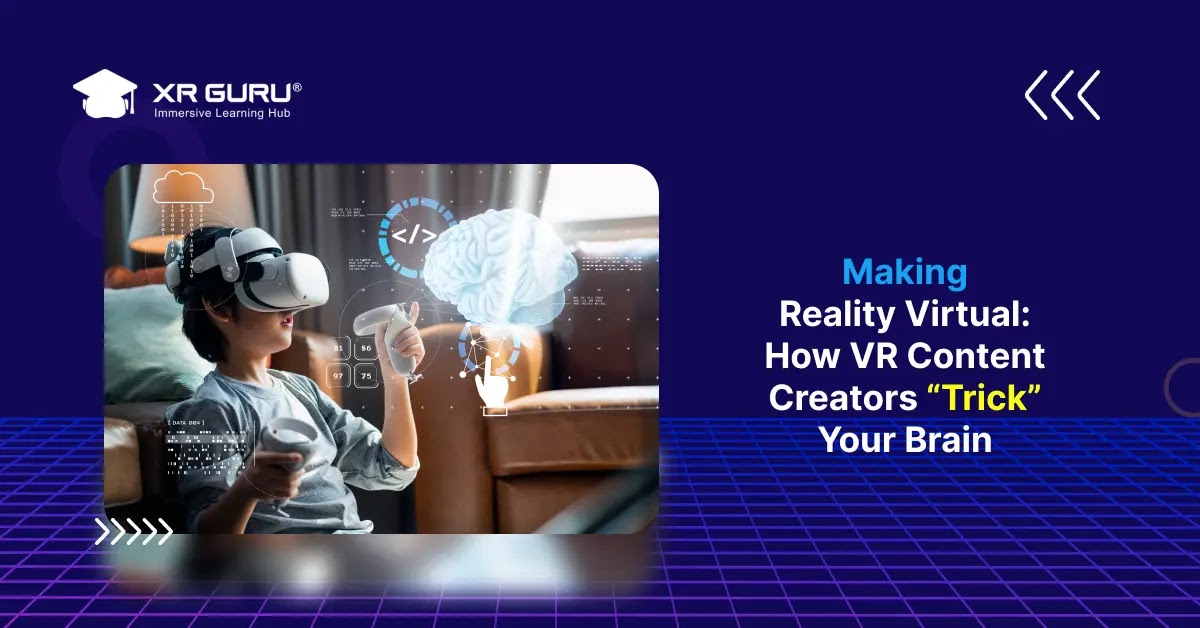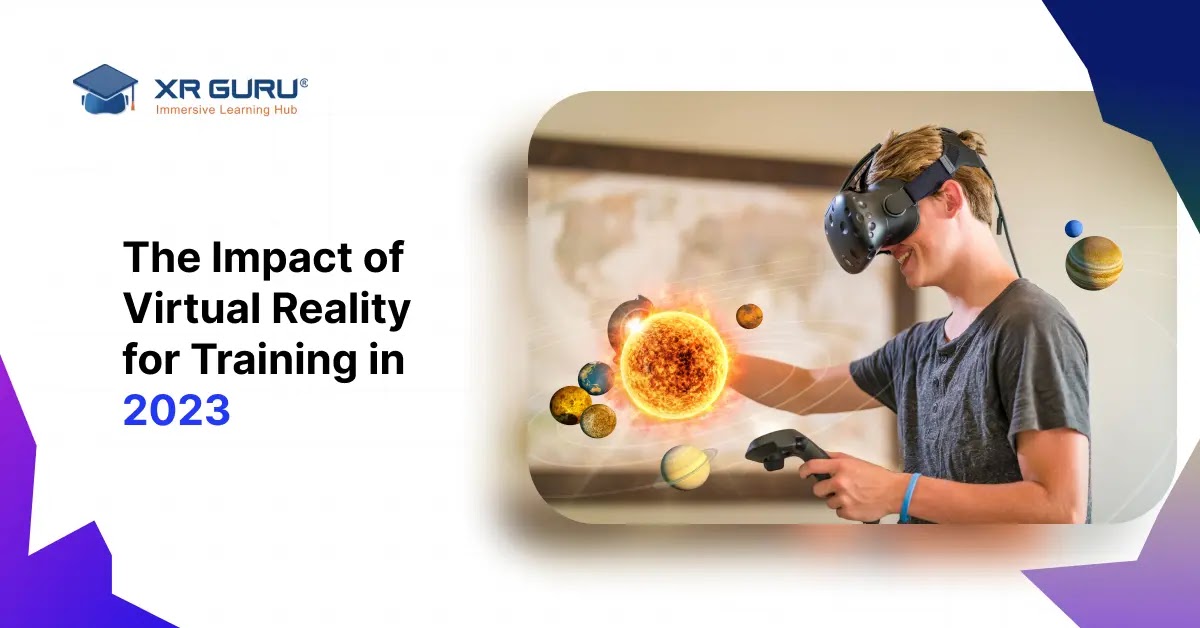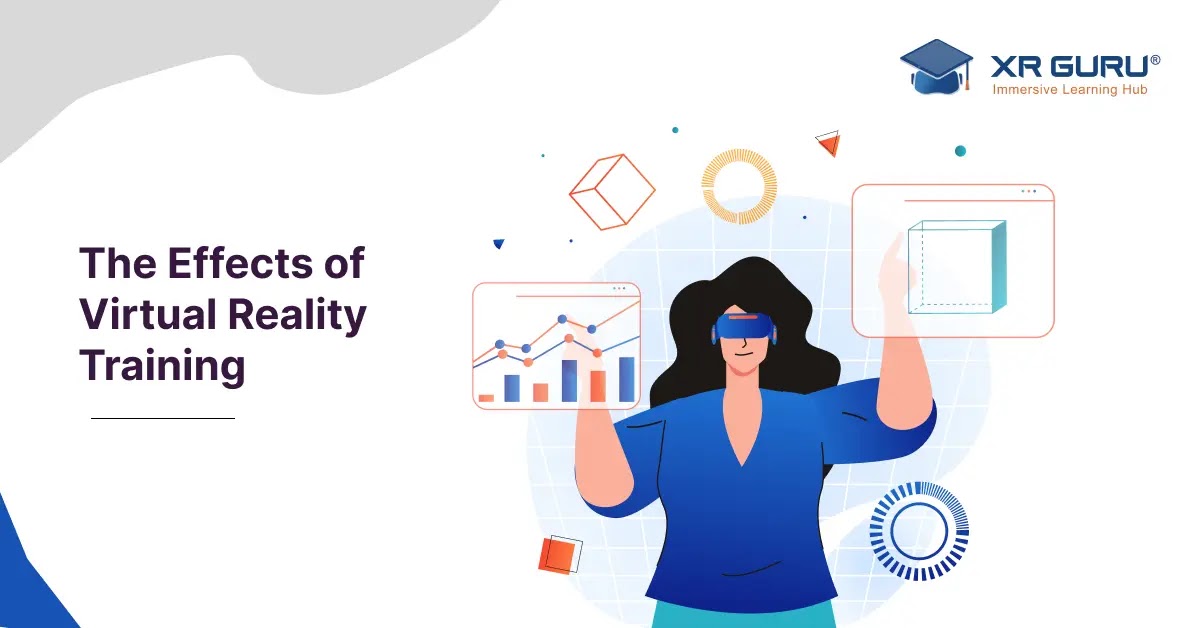Beyond the Buzz: Understanding the Practical Applications of Virtual Reality in Employee Training

Every industry requires at the very least a basic training program that deals with the standard operating procedures of the company. From a corporate environment to a construction site, new employees need to know and understand how to do the basic functions of their job. As you work into a niche, there are even more requirements like empathy training, or hazardous materials training. The purpose of training is to prepare an employee for every scenario they’d find on the job, and to remember certain facts and details for months or years after. Even though in most jobs training is seen as a invaluable expense, the Forgetting Curve demonstrates how about 70% of new information is lost within 24 hours, which ultimately defeats the purpose of training in the end. This is where virtual reality can come in. Due to its immersive capabilities, virtual reality is very well suited to the task of employee training. Let’s look at virtual reality itself, the benefits that make it a good fit, and the...





